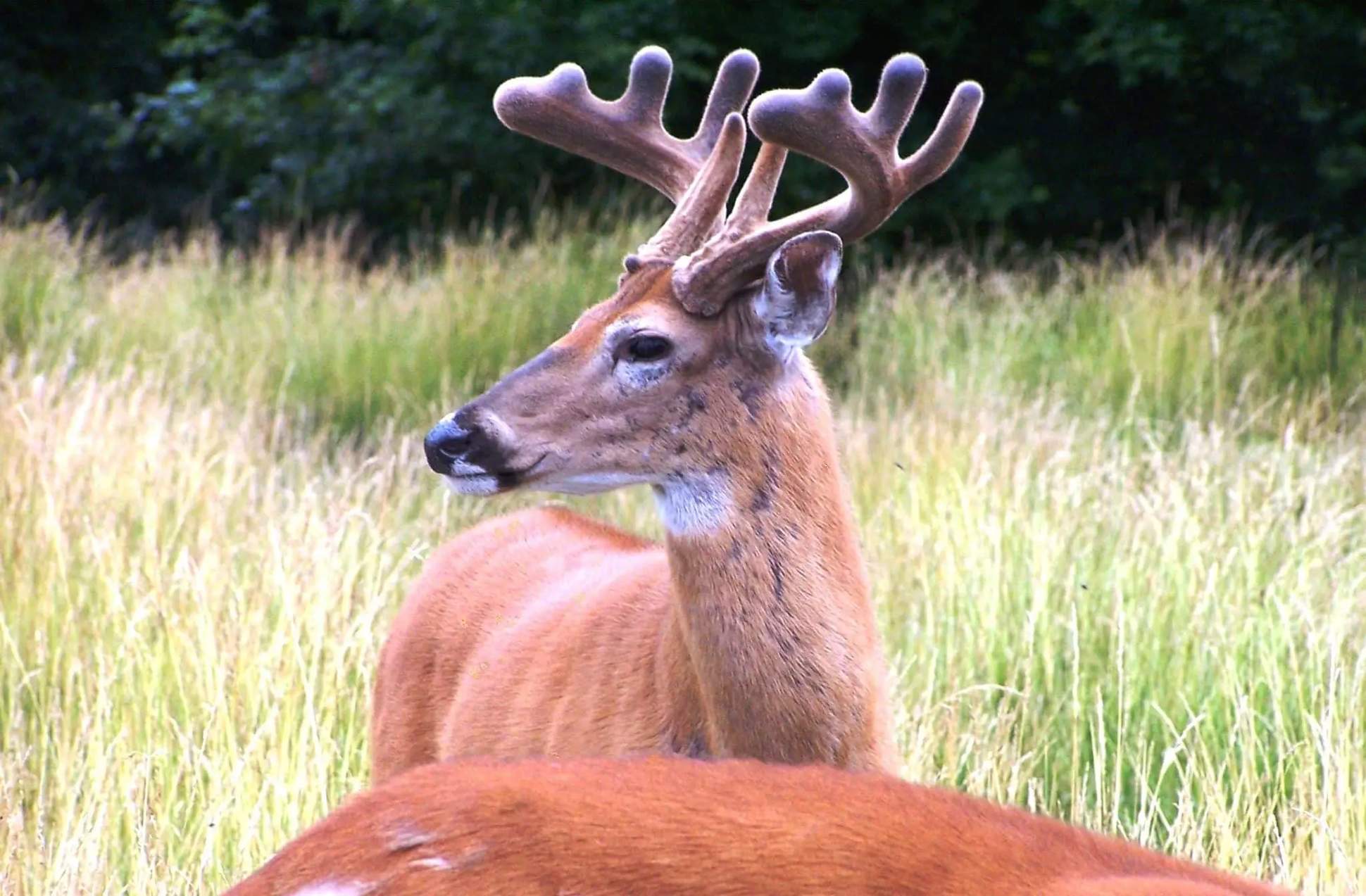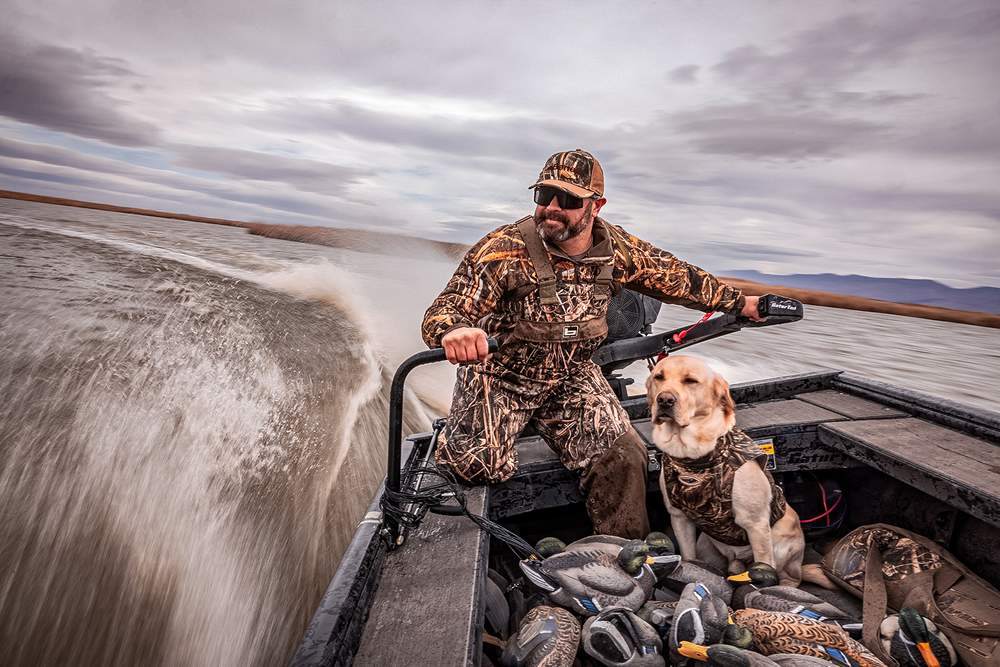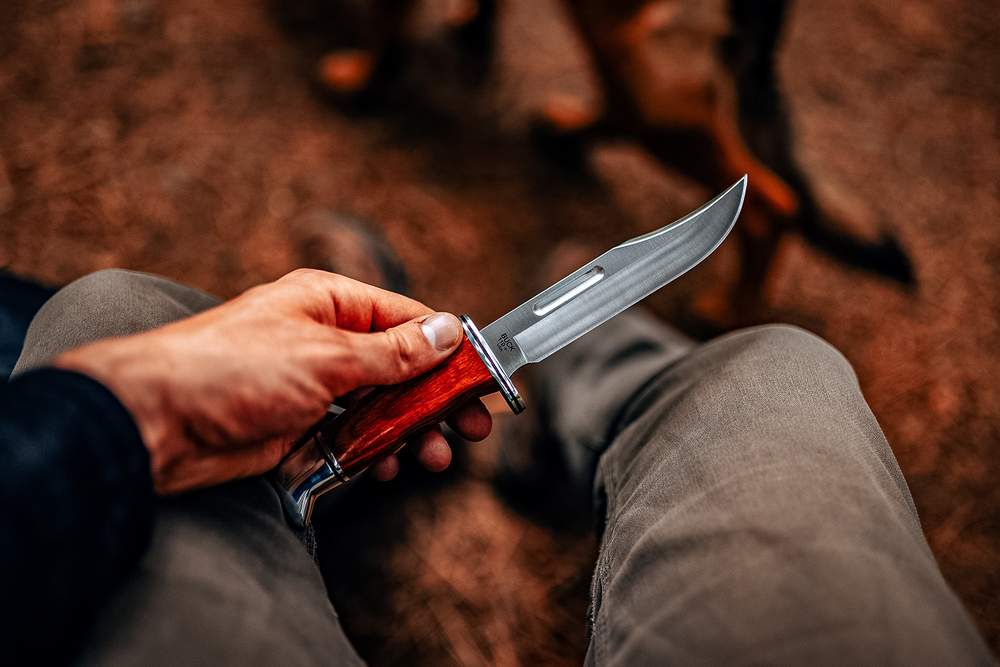Whitetails are majestic animals. They’re America’s favorite big game species. They’re one of the most researched animals in North America but are still shrouded in mystery. Despite that, we still know many things about these beloved creatures, and they do some weird and interesting stuff. Check out these 10 weird things deer do.
1. Does Stimulate Fawns to Defecate
Most whitetail does are good mothers, and they’ll do a lot for their young — even help them do No. 2. While it certainly sounds foreign and disgusting to us, it’s common for does to stimulate fawns’ behinds to help them defecate.
2. Deer Uncommonly Eat meat
Deer are technically concentrate selectors, meaning they eat the most nutritious parts of available plants. This contrasts with grazers, which tend to eat the entire plant. That said, deer have been documented eating protein via small birds, reptiles, and mammals, as well.
3. Deer Communicate with Urine
Whitetails communicate vocally and non-verbally. A wide range of vocalizations are used by deer. Body language is commonly used, too. But scent from pheromones and urine are also used. And when making scrapes, deer rub-urinate (peeing over the tarsal glands on their hind legs) to deposit a scent-focused calling card that’s completely unique to them.
4. Chewing and Depositing Scent on Licking Branches
An integral part of the previous point is scent, which also plays into this one. When whitetails make or visit a scrape, they work the overhanging licking branch as well as the exposed soil directly underneath it. But they lightly chew on the limb, and deposit scent via their preorbital and forehead glands.
5. Does Split Up Their Fawns on Purpose
For the first several weeks of their life, does split up their fawns and spend very little time with them. This might seem to be bad parenting, but it’s quite the opposite. Does only visit them to allow them to nurse. Otherwise, the fawns remain virtually motionless and oftentimes go unnoticed by predators. Furthermore, by splitting up the fawns, it increases the chance one of the fawns will survive to adulthood.
6. Bucks Lip-Curling
Whitetail bucks — and other mammals — are known to flehmen, or lip curl when a female is present. Some say they are checking the female’s status and receptiveness. However, scientists have determined it’s a stimulant process, as there is no links from the vomeronasal gland — which is in the roof of the mouth and activated while lip curling — to the part of the brain that helps bucks determine a doe’s readiness.
7. Deer Stress Yawning
Just as other animals do, whitetails get stressed out. When they feel low to moderate levels of stress, it’s common for them to stress yawn. Dogs tend to do the same. It looks as you might expect — a big, toothy yawn.
8. Doing the Head Bob
When a whitetail sees something it doesn’t like, but can’t completely detect, it starts the head-bobbing business. It’s possible deer do this for one, or possibly two reasons. First, a deer’s depth perception isn’t like ours. It isn’t as good. To piece an image together, they sometimes need a few different angles of observation. Also, deer might be trying to fake out an animal and get it to move when it thinks the deer isn’t looking.
9. Deer See Blue Quite Well
Sticking with the sight theme, and in contrary to the common myth that whitetails see in black and white, deer see other colors. They can see certain shades of blue and yellow. In fact, they see blue about 20-25 times better than humans. Think of it as a neon sign to whitetails.
10. Growing Antlers
The mere fact that whitetails grow antlers the way they do is weird. First, it’s the fastest-growing known tissue on earth. Second, it isn’t a gradual process, but occurs in spurts. And third, researchers have determined that it’s a controlled form of cancer that deer can turn on and off to begin and end the process.



